Services
We Do Industrial Digital Transformation
by delivering turnkey projects in various industries
through driving efficiency with strategic operational data analysis

Completed projects at plants
Real-time Operation Data is now created anywhere at anytime
Design
We help our customers to build a unique Operational Technology structure from the field equipment (L1) to the office network (L4) that will serve them in an optimized, sustainable and secure way.
- Control Systems, Data Type
- OT Network Devices
- Communication Protocols
- Centralization of Devices
- Data Aggregation
- Data Preparation
- Data Visualization
- Data Analysis - Using Historical or Future Data
- Data Distribution
- Machine Learning Setup with Historical Data
- Modeling AI Structure
Real-Time Data Collection at plants typically involves using control systems, sensors and Industrial Internet of Things (IIoT) devices to monitor various parameters and processes
Beginning with measuring equipment, it might culminate in one of the largest cloud data warehouses. These days, no company can undervalue the importance of improving decision-making in industrial facilities, cutting downtime, and increasing operational efficiency.
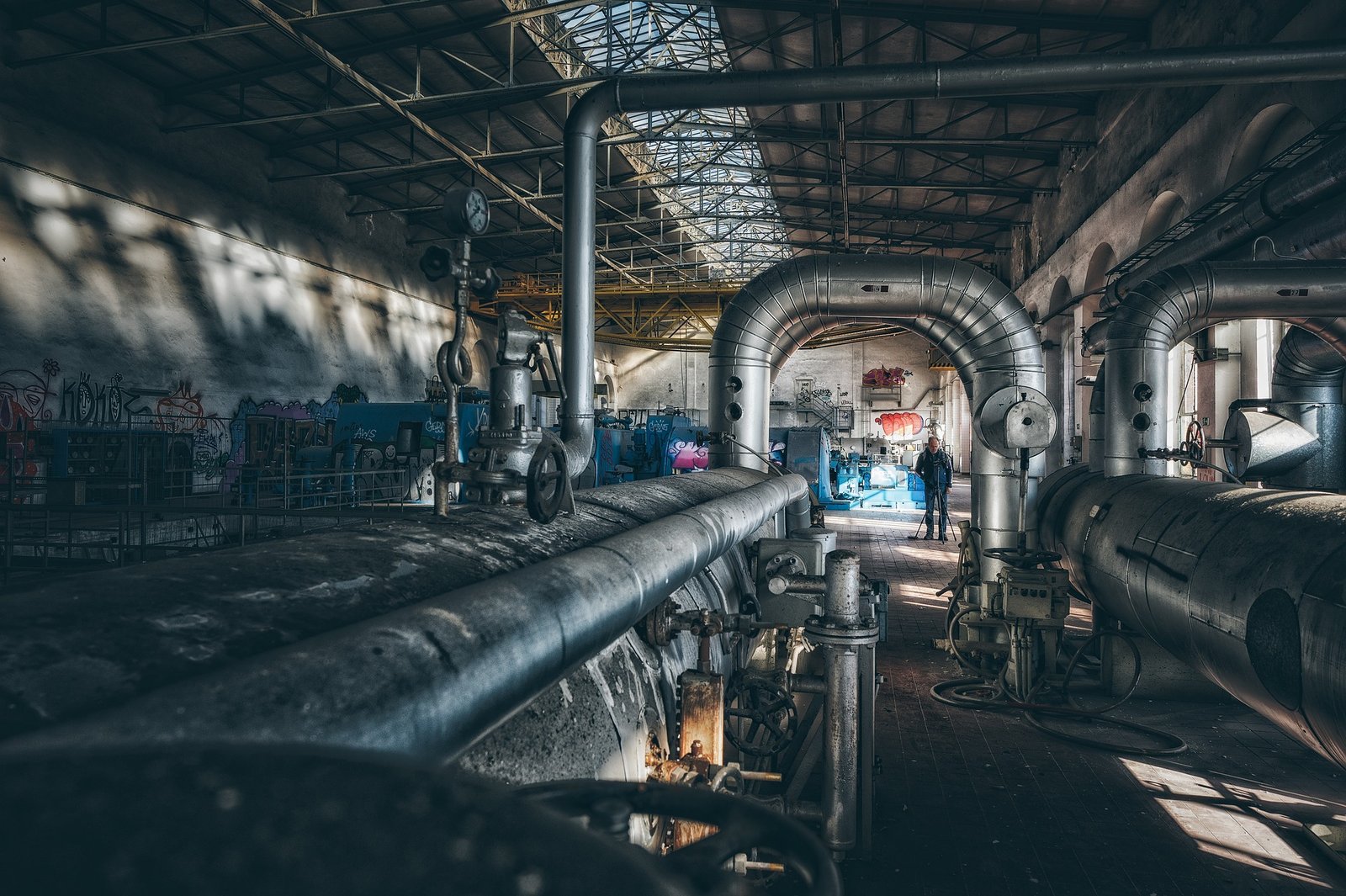
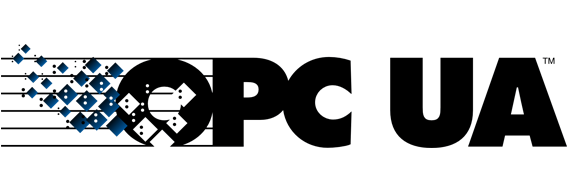
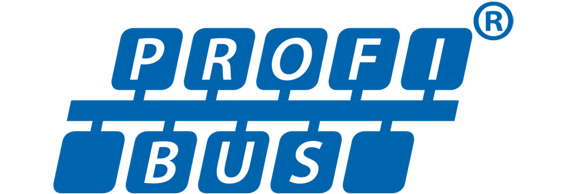

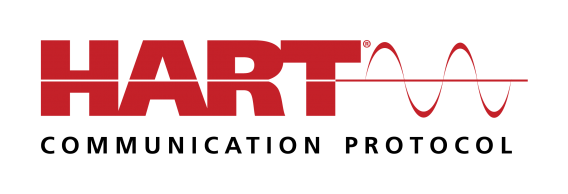
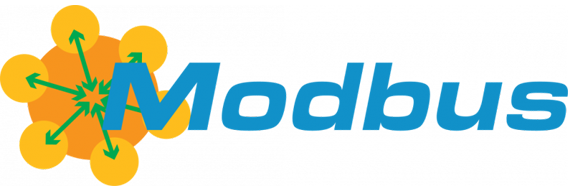

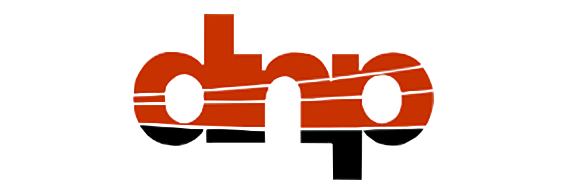
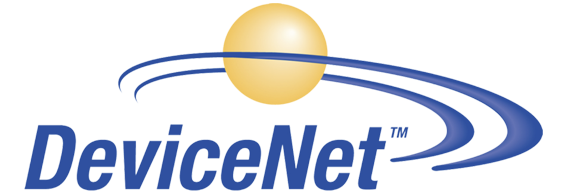
Typical equipment in an industrial facility that produce values include flow meters, proximity and level sensors, temperature, vibration, pressure, and so on. Distributed Control Systems are utilized to digitize their values, and they work really well for situational monitoring—but only in the control room.
Different departments in the organization will undoubtedly ask for precise data that has been calibrated and maintained from sensors and/or IIOT devices when it comes to applications like predictive maintenance, process optimization, downtime analysis, energy management, and quality control. Centralization of data sources is crucial in this situation.
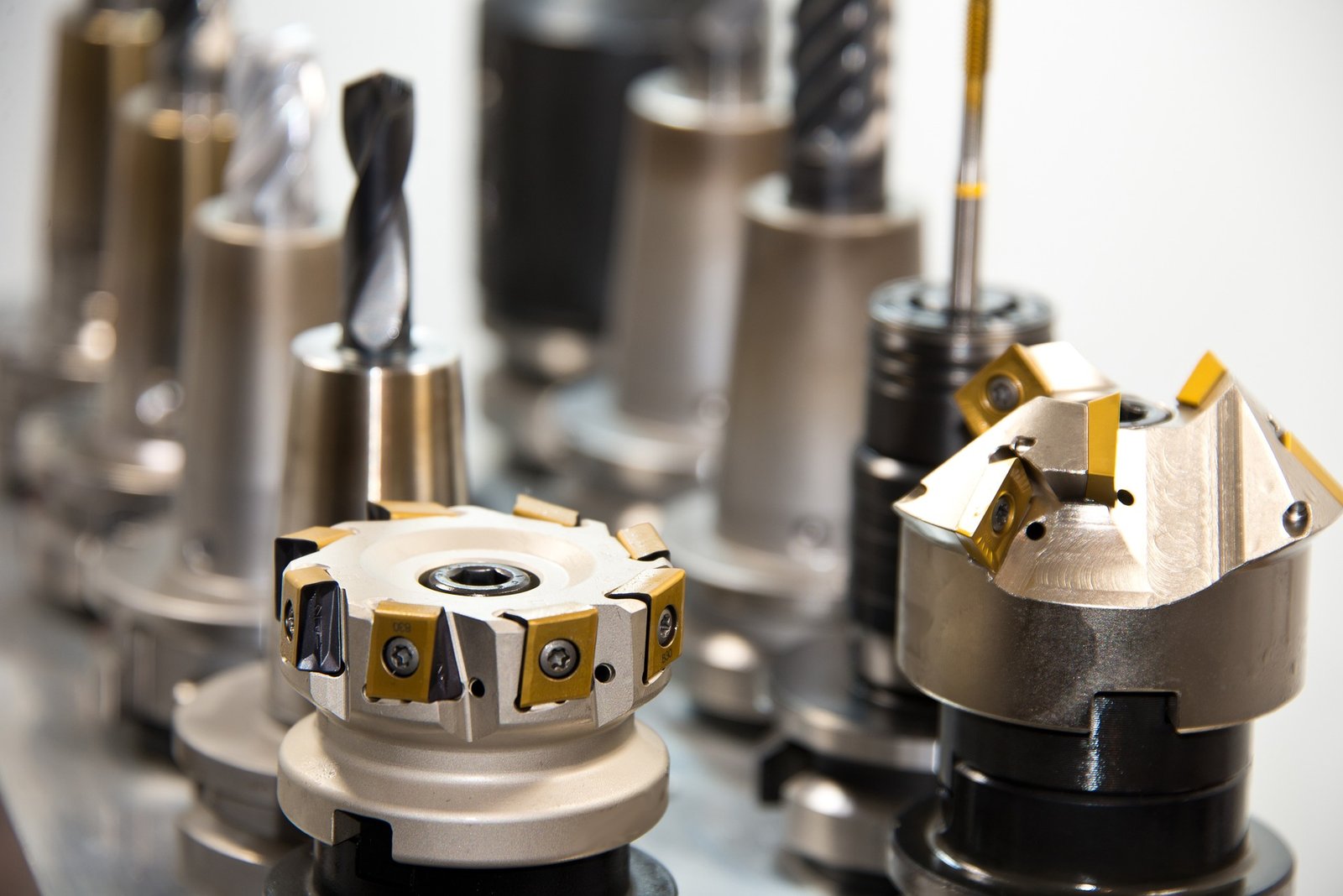
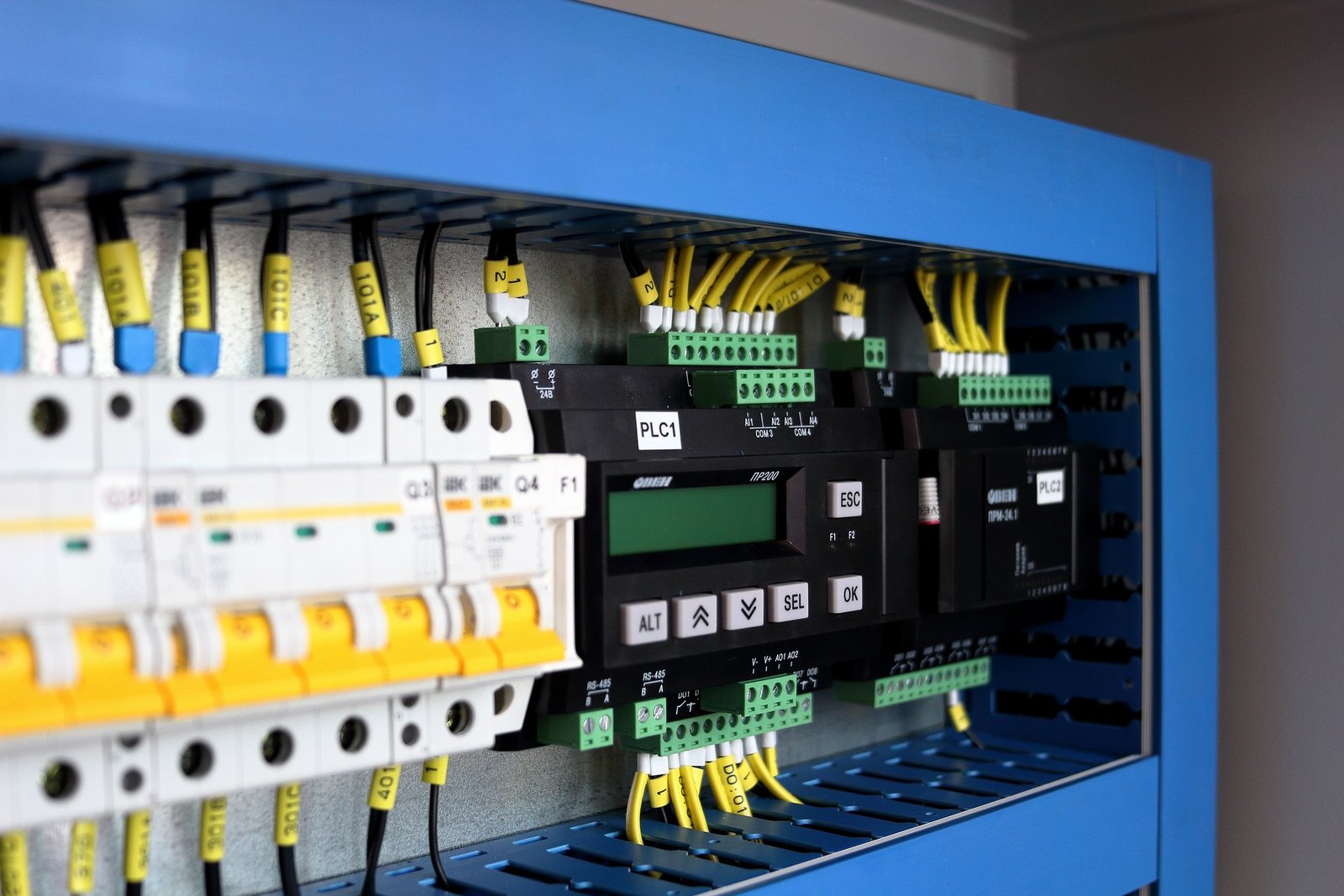
All these layers, including the data requestor on the other party, need to be classified and used extremely carefully because of the process’s intricacy. Everything from field-calibrated sensors and devices to network firewall rules at the headquarters must be prepared and coordinated in order to guarantee that everyone maintains accurate data simultaneously.
Measurement equipment generates raw data. A new process starts using these float values in processes after the analog data in the field is digitalized. These values have no use other than taking up storage space if you keep them in their raw state. They don’t begin to take on significance or become something that process teams can utilize until they are consolidated.
Facilities receive data from numerous source systems in every department. The data stack keeps getting more and bigger over time, regardless of whether the data is gathered in a data lake, data warehouse, or stays isolated within these systems.
Any facility, whatever the industry, has the potential to gather more data than they can reasonably hold. If the proper design and data collection techniques are not used, the issue will eventually get out of control. Instead than placing emphasis on the infrastructure, some businesses attempt to solve issues from the top of the pyramid, mostly at the application and software layers. This will simply lead to the acquisition of a large quantity of software, which will be idle and underutilized in the near future, costing the company money in needless expenses.
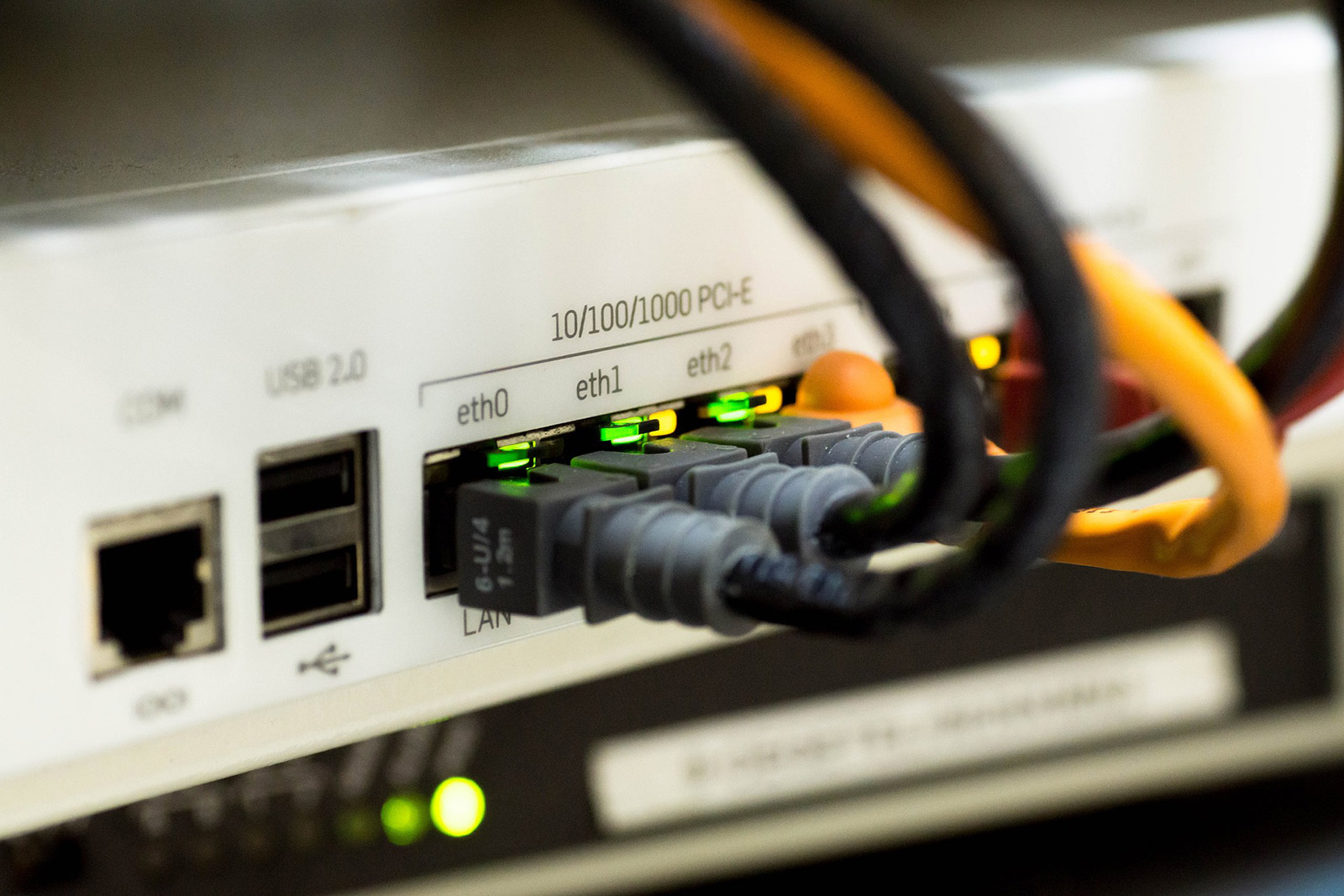
Karma has completed numerous fruitful initiatives that may address these issues on-site.
With the goal of working with you for many years in your facility, we may support you with a centralized system that you can distribute to other systems using the appropriate data collection algorithm.
Real-Time Data Collection at plants typically involves using control systems, sensors and Industrial Internet of Things (IIoT) devices to monitor various parameters and processes












Karma has completed numerous fruitful initiatives that may address these issues on-site.
With the goal of working with you for many years in your facility, we may support you with a centralized system that you can distribute to other systems using the appropriate data collection algorithm.

OT Security
We do consultancy on ISA/IEC 62443 Industrial OT Security Management System implementation for better resiliency to cyber security threats
- Segmenting Network
- Separation of Networks
- Patching, Security Practices, SIEM Practices
- Maximum restrictions Between Layers
- OT CSMS Processes
- Identity and Access Management
- Change Management
- Asset Lists / Risk Evaluation
- Operational Impact Analysis
- OT CSMS Documentation
- Defining Policies
- Vendor / Integrator Policy
- Documenting All Processes
- Monitoring and CSMS Maturity Model
- OT CSMS Monitoring / Maturity
- Incremental Evolution
- Supplier Management Review

